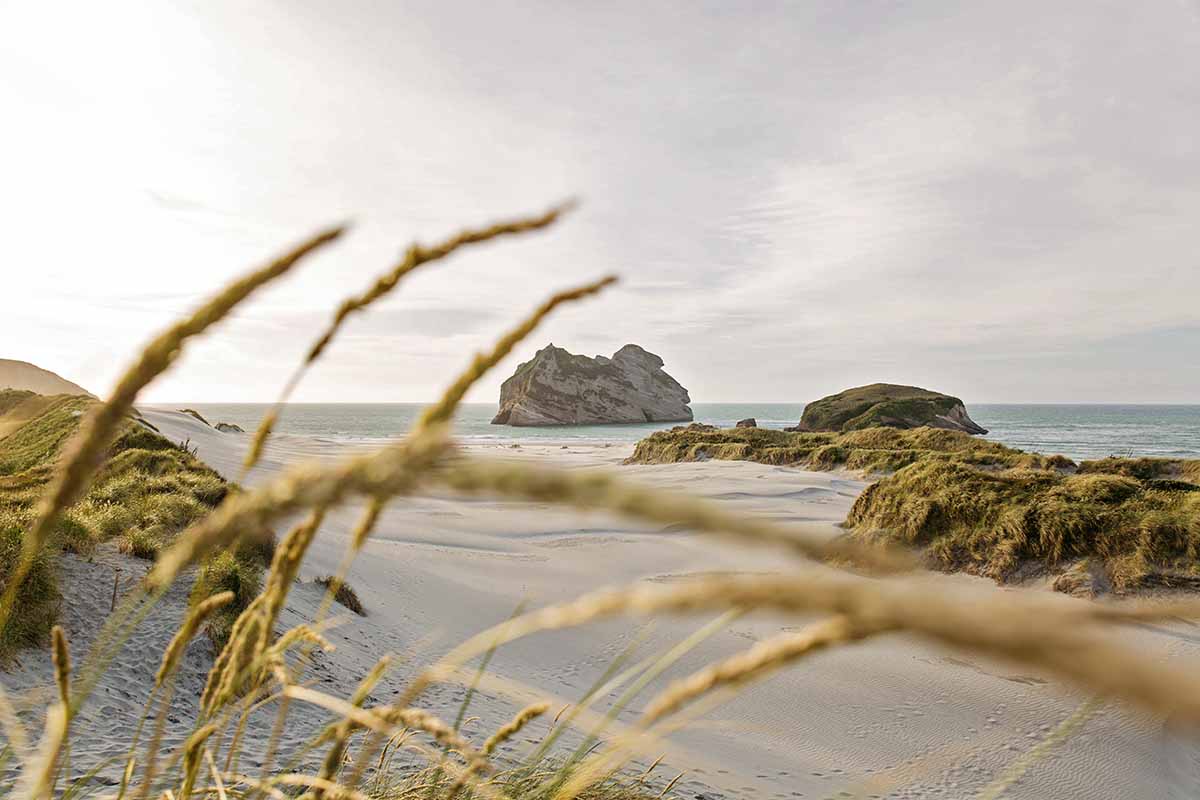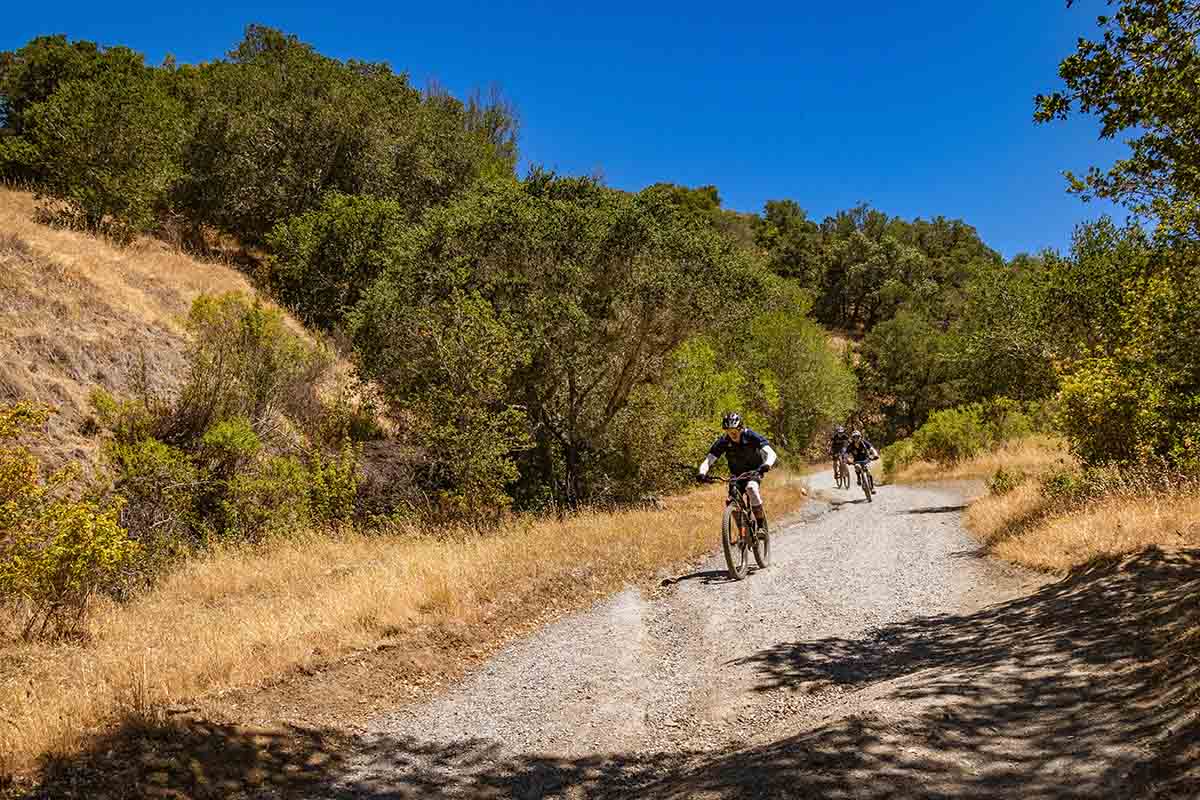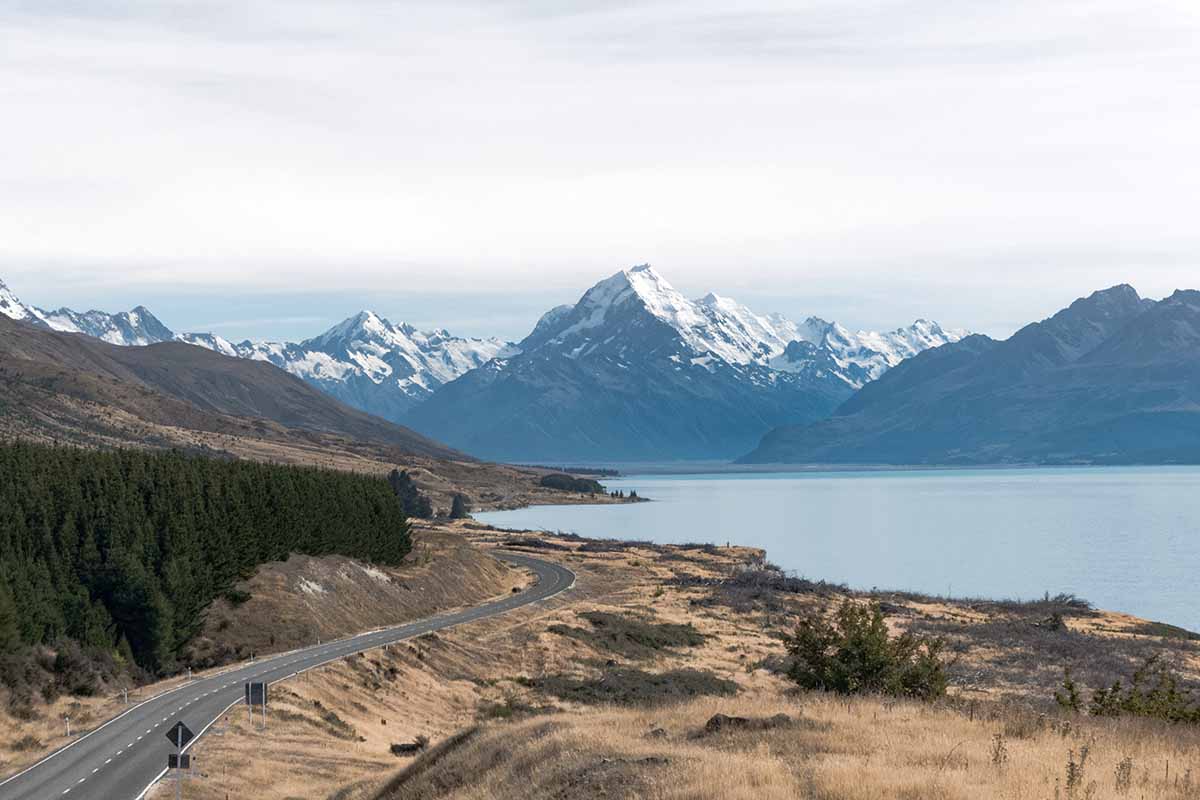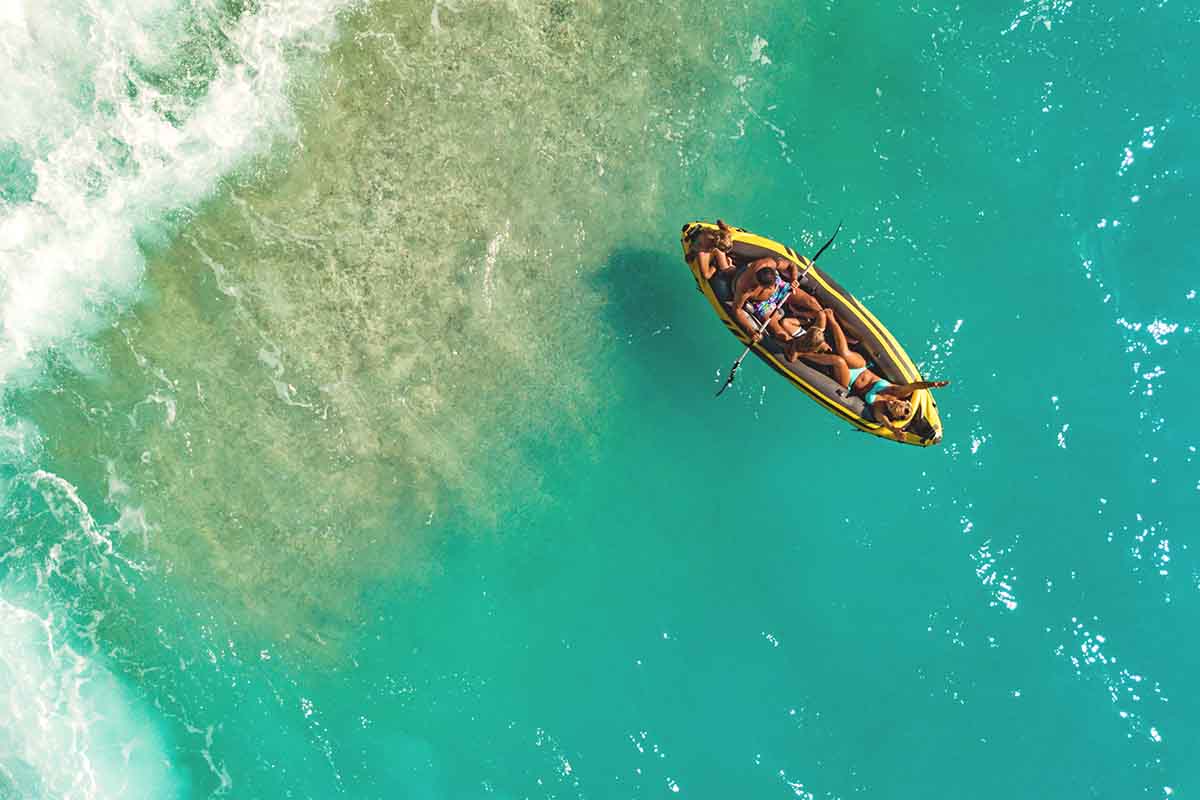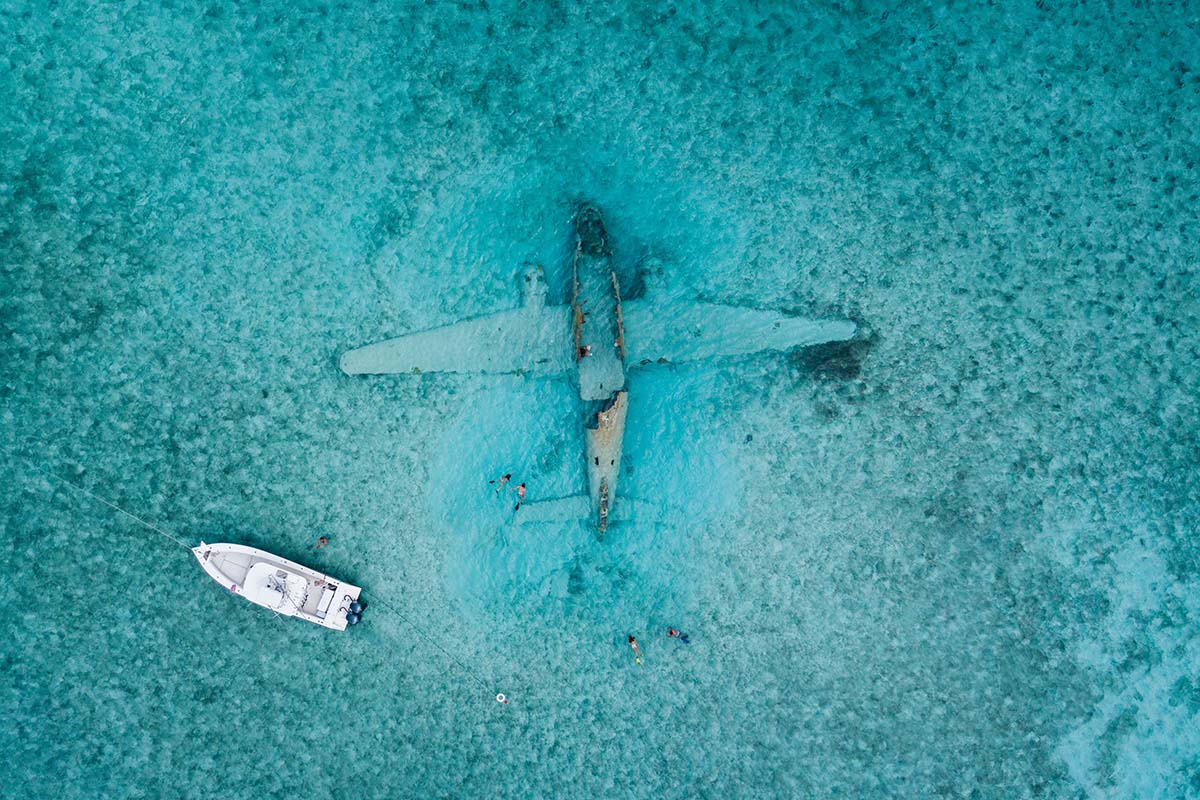How to Get Yourself Ready for a Cycling Tour in New Zealand
Cycling in New Zealand is a great way to see the country and get some exercise. From the glaciers of the south island to the mountains of North Island, there’s something for everyone.
Some tours are more challenging than others, but all provide an amazing opportunity for you to explore new places and challenge yourself in new ways. Here are some tips suggested by Bike Fiordland that will help you prepare for your cycling tour:
Check your bike
When you’re about to embark on a journey, the last thing you want to be thinking about is whether or not your bike will make it there. However, if you don’t check your bike before you leave, it’s likely that some small issues will pop up along the way.
You don’t want to be stuck in a remote town with no local bike shop and an overly complicated mechanical problem. So take some time before leaving home to ensure that your bicycle is in good working order—there’s nothing worse than being stranded on tour.
Practice riding on gravel roads, tracks, and trails
If you’re riding through the South Island, you’ll want to get used to the hills. Most of the cycle paths are on flat inclines, but some steeper bits will still be. If you can find a hill that isn’t too steep and doesn’t have sharp corners, then practice riding up it with your bike in whatever gear you would use on tour.
You should also practice riding on gravel roads and tracks and trails so that you can get used to how they feel under your tires.
There are many great places around New Zealand where this can happen: Piha Beach in Auckland, Waiheke Island (especially at Onetahuti Track), and Nelson Lakes National Park are just some examples of good spots for practicing cycling in New Zealand before taking an actual cycling trip there
Prepare yourself for any weather condition
Before you leave, check the weather forecast. If it’s going to be cold or wet, ensure your bike and equipment are in good shape (don’t forget to lube those chains!). Then bring along extra layers of clothing: a windproof jacket and a waterproof poncho are necessary.
If you’re going on an overnight trip where temperatures will drop significantly (like from summer during the day to winter at night), pack some warmer clothes and sleeping bags and other camping gear.
Named for its ability to withstand all weather conditions and still get you where you need to go, the Moots Trinity is one of New Zealand’s most versatile touring bikes for men and women alike.
Pack light
You will be spending time in the wilderness and are likely to encounter a few challenges along the way. You don’t want to carry excess weight or things you won’t need, so pack only what’s necessary. A small first aid kit and a spare tire are recommended, which is much more accessible than replacing an inner tube on your bike when out in the middle of nowhere.
Remember that your bike will be heavily loaded with all of your gear. It must remain light, so remove excess weight from both your body and bike by bringing clothing appropriate for different weather conditions (i.e., get rain gear if there’s a chance of rain), packing only essentials such as water bottles (and not too many), food supplies (including enough space in your saddlebags), etc.
Cycling tour in New Zealand: Bring enough snacks
Snacks can be a good way to keep your energy levels up while you cycle and ensure you get all the nutrients your body needs. Make sure you pack enough snacks to last the whole day. A good rule of thumb is to bring at least twice as many snacks as you think you’ll need because it’s very easy for them to get lost or squished in your bag.
You should pack a mixture of proteins and carbohydrates, like nuts or dried fruits with crackers, cheese sticks with rice cakes, etc. Avoid sugary foods, though—they’ll only make it harder for your body to process the sugars quickly enough so they can help fuel up before heading out again on another leg of your tour.
It’s better if these snacks are easy to pack (smaller packages work best) and carry around without weighing down too much either; otherwise, this might make carrying around other items difficult when riding on two wheels instead.
Remember to pack a map and GPS unit
To make sure that you are prepared for any type of situation, it is essential to understand how to use your GPS and map. The GPS unit is a great tool for navigating on the road, but it will be more helpful if you know how to use a map as well. A good map can lead you off-road if no cell service or internet connection is available when looking for food and shelter.
Cycling tour in New Zealand: Conclusion
Cycling in New Zealand is a delightful experience. The country has many charming towns, great attractions, and trails for cyclists to explore. If you’re planning on taking a cycling trip down under, then make sure you have all the necessary gear and supplies before leaving home. You’ll be glad you did.
About the Author
Monica is a passionate writer and content creator. Her interests include outdoor activities, fitness, technology, entrepreneurship, and everything. Say hi to Monica on Twitter @monical_lee.
